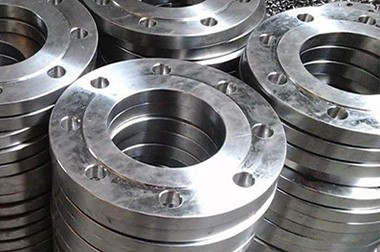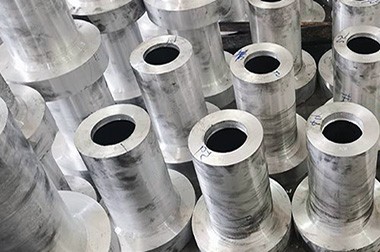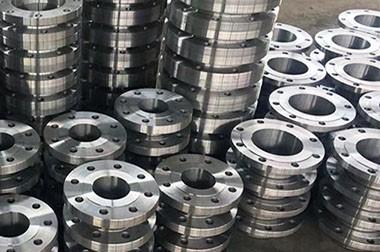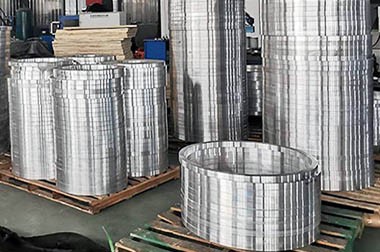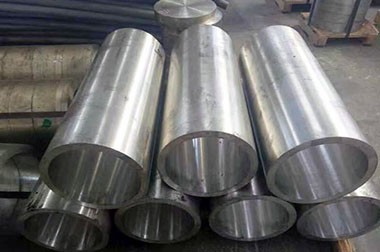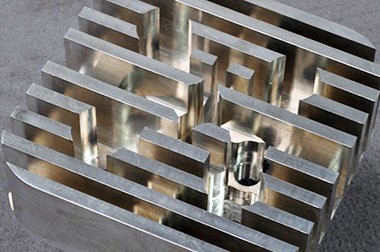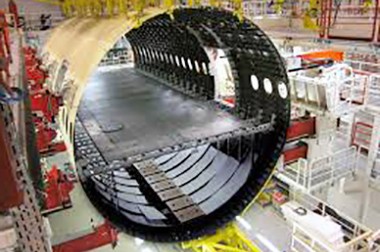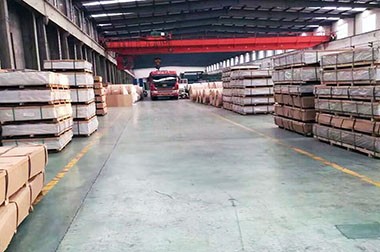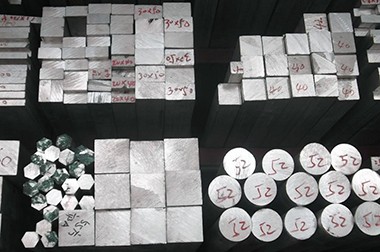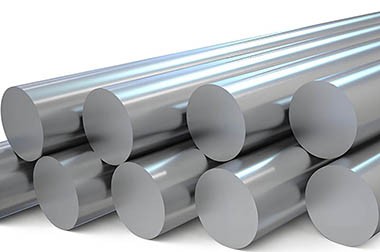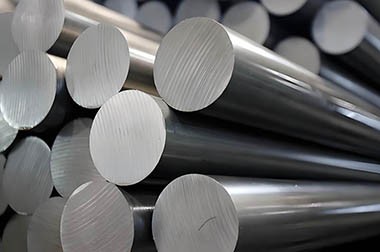2017 Aerospace Aluminum Forging
The main component of 2017 aluminum alloy is copper, which typically contains 4.0% to 5.0% copper, along with small amounts of manganese, silicon, magnesium, and other elements. After heat treatment, this alloy can achieve high strength, making it suitable for applications that require strength and rigidity.

Machining Performance of 2017 Aluminum Forgings
During machining, 2017 aluminum alloy has good cutting performance, but its weldability is poor, often requiring special welding techniques or the selection of other alloys for connections. Cold working and heat treatment are the main methods to enhance its performance, with heat treatment improving the hardness and strength of the material through processes like quenching and aging.
What is the composition of aluminum alloy 2017?
| Alloy | Si | Fe | Cu | Mn | Mg | Cr | Ni | Zn | Ti | Each | Total | Al. |
| 2017 | 0.20~0.80 | 0.7 | 3.5~4.5 | 0.4~1.0 | 0.4~0.8 | 0, 10 | - | 0. 25 | 0. 15 | 0.05 | 0. 15 | Remainder |
Applications of 2017 Aluminum Forgings
The application of 2017 aluminum forgings in aircraft structures is extensive, particularly in areas that must withstand high loads and stresses, such as wing frames, fuselage support structures, and landing gear components. Additionally, the low density of this alloy helps reduce overall weight while maintaining strength, enhancing the aircraft's fuel efficiency and flight performance.
1. Wing Frames
Wing frames are one of the most critical parts of an aircraft structure, bearing various loads during flight. 2017 aluminum forgings, due to their high strength and low density, effectively support the structural integrity of the wings, ensuring stability and safety during flight. Forgings can be used to manufacture wing beams and ribs, which need to exhibit excellent strength and stiffness under aerodynamic loads and ground handling loads.
2. Fuselage Support Structures
Fuselage support structures must withstand various forces during takeoff, landing, and flight. 2017 aluminum forgings are commonly used to create fuselage frames and bulkheads in these components. Their superior tensile and compressive strength allow the fuselage to maintain its shape in high-stress environments, ensuring the safety of passengers and cargo.
3. Landing Gear Components
The landing gear is a crucial part of the aircraft, enduring significant impact loads during takeoff and landing. 2017 aluminum forgings are used to manufacture the main and auxiliary landing gear support components. These parts need to possess high strength and toughness to function properly under extreme conditions.
4. Structural Connectors
In aircraft structures, the connections between various components are vital. 2017 aluminum forgings can be used to create connectors, hinges, and supports, ensuring secure connections between parts. These connectors must maintain good stability and safety under high loads.
Due to their excellent strength, toughness, and lightweight characteristics, 2017 aluminum forgings are widely used in multiple critical structural components of aircraft. These applications not only enhance the aircraft's performance but also improve safety and cost-effectiveness.
Storage of 2017 Aerospace Aluminum Forgings
In terms of storage and handling, 2017 aluminum alloy should be stored in a dry, well-ventilated environment, avoiding contact with moisture and corrosive substances to prevent surface oxidation and performance degradation. Mechanical properties of aluminum alloys may be affected in high-temperature environments, so prolonged exposure to high temperatures should be avoided. Maintaining its excellent physical properties is key to ensuring reliability in aerospace applications.
Haomei Hot Selling Aluminum Forging Products
Haomei Aluminum offers alloys including 2014, 2024, 2124, 2219, 2618, 2619, 3003, 5083, 6061, 7049, 7050, 7075, 7079, 7149, 7150, and 7175 temper alloys, available upon request, complying with all AMS, ASTM, Boeing commercial, and Boeing military specifications.
| TYPE | SPECIFICATIONS |
| 2014 | AMS4133, 4134, 4314, AMS-A-22771 |
| 2024 | AMS-QQ-A-367 |
| 2219 | AMS4143, 4144, AMS-QQ-A-367, AMS-A-22771 |
| 2618 | AMS4132, AMS-QQ-A-367, AMS-A-22771 |
| 6061 | AMS4127, 4146, AMS-QQ-A-367, AMS-A-22771 |
| 7049 | AMS4111, AMS-QQ-A-367, AMS-A-22771 |
| 7050 | AMS4107, 4108, AMS-A-22771 |
| 7075 | AMS4126, 4131, 4141, 4147, AMS-QQ-A-367 |
| 7079 | AMS-QQ-A-367 |
| 7150 | AMS-A-22771 |
| 7175 | AMS4148, 4149, 4179, AMS-A-22771 |
What is the strongest forged aluminum?
The strongest forged aluminum alloy is typically 7075 aluminum alloy, particularly in the 7075-T6 condition. It has very high strength and good corrosion resistance, making it widely used in aerospace, military, and high-strength structural components. Additionally, 7050 aluminum alloy is also a high-strength material commonly used in aviation applications.


